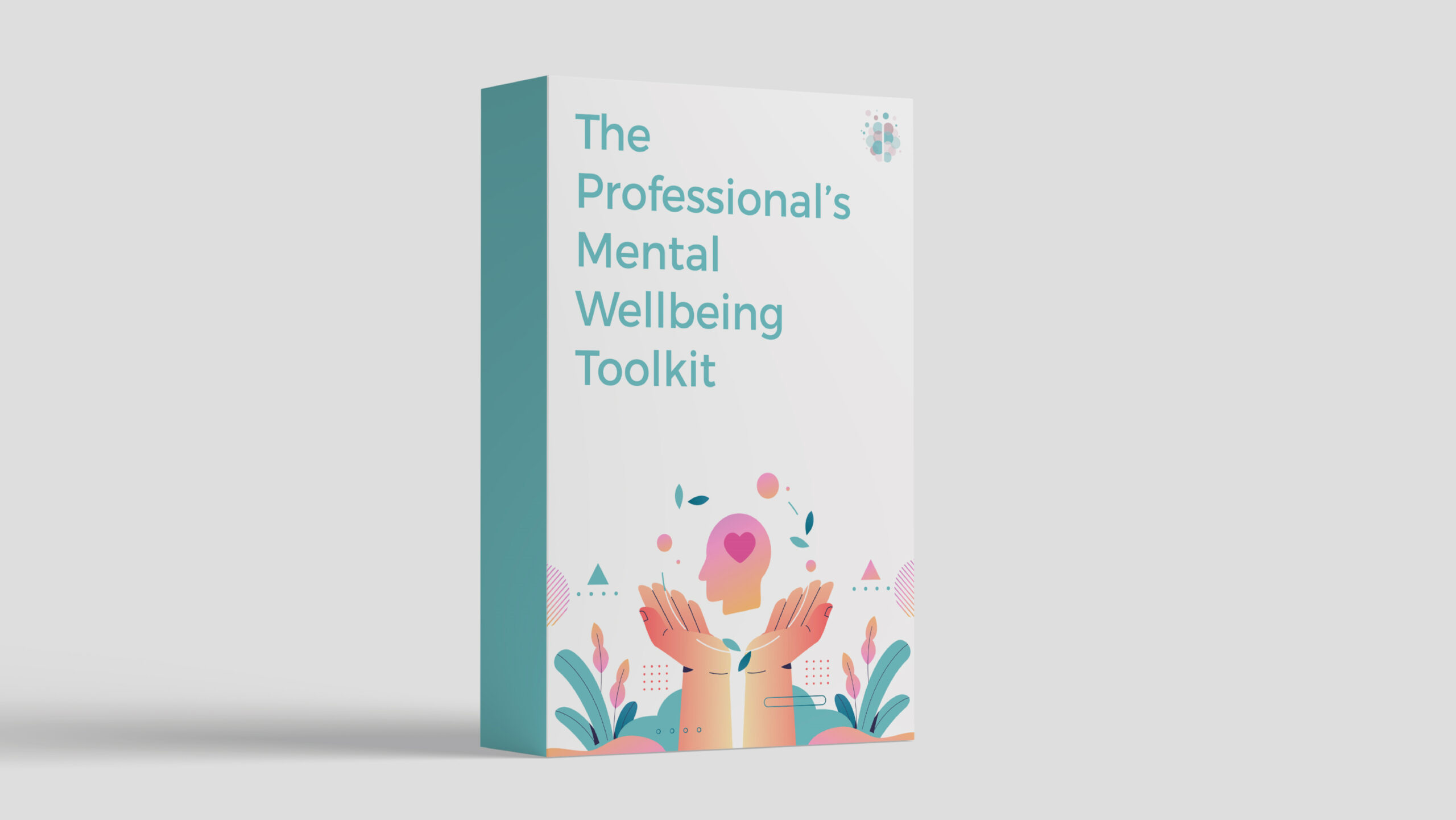According to Substance Abuse and Mental Health Services Administration (SAMHSA), “Trauma results from an event, series of events, or set of circumstances that is experienced by an individual as physically or emotionally harmful or threatening and that has lasting adverse effects on the individual's functioning and physical, social, emotional, or spiritual well-being.”
Three types of trauma that continue to be researched are:
- Acute trauma. Results from a single incident.
- Chronic trauma. Repeated and prolonged trauma such as domestic violence or abuse.
- Complex trauma. Exposure to varied and multiple traumatic events, often of an invasive, interpersonal nature.
Although trauma is serious, recovery from trauma is still possible and even nurtured in trauma-informed environments. It has been more common for schools to begin considering the impact trauma has on students and working on being more trauma-informed to best support students.
Adverse Childhood Experiences (ACEs)
It’s often helpful to look at the role of Adverse Childhood Experiences (ACEs) when understanding trauma. The CDC had identified ACEs as potentially traumatic events that occur in childhood (0-17 years).
Examples of ACEs include:
- Physical abuse
- Sexual abuse
- Emotional abuse
- Bullying
- Living with someone who abused drugs
- Living with someone who abused alcohol
- Exposure to domestic violence
- Living with someone who has gone to prison
- Living with someone with serious mental illness
- Losing a parent through divorce, death or abandonment
- Living in under-resourced or racially segregated neighborhoods
- Frequently moving to new homes or areas
- Food insecurity
- Being kidnapped
Research suggests that about 64% of adults in the US have experienced at least one type of ACE before age 18. Nearly 1 in 6 have experienced four or more types of ACEs.
Girls and racial minorities are at higher risk of this occurring before they turn 18.
How Trauma Impacts Classroom Functioning
Although children can experience positive stress which is developmentally normal (e.g., nervousness on the first day of school) or tolerable stress in which a child can recover with the proper support (e.g., the loss of a loved one), toxic stress is the chronic exposure to inequity which has a severe impact on development (e.g., emotional abuse or neglect).
Typically, the body and brain go on alert once stress is activated, and the stress response will then subside when support is provided. In a situation where a child is exposed to toxic stress with prolonged exposure, the stress response system will remain constantly activated or on high alert. Dr John Arden refers to this state as “autostress”.
Autostress alters the development of specific brain regions. Three important parts of the brain that are often impacted are:
Prefrontal Cortex
This part of the brain helps with functions around problem-solving, executive function skills, and long-term goal considerations. The prefrontal cortex continues to develop throughout childhood and does not fully develop until age 25. Trauma’s impact can inhibit this section of the brain from fully developing.
Hippocampus
This part of the brain is responsible for memory coding and memory recall. When exposed to prolonged stress, this section can have smaller development.
Amygdala
This part of the brain is responsible for fear/threat protection as well as how we process and respond to stimuli. During prolonged stress, this portion of the brain enlarges.
Abnormal development in the brain is linked to identified problematic behaviours in the classroom that can include:
- An inability to regulate
- Lack of trust in adults
- Difficult interactions
- Weaker working memory
- Time-management issues
- Problems focusing
- Difficulty in reflection
What is Being Trauma Informed?
The National Child Traumatic Stress Network (NCTSN) defines all trauma-informed child- and family-service systems as:
"One in which all parties involved recognize and respond to the impact of traumatic stress on those who have contact with the system including children, caregivers, staff, and service providers.Programs and agencies within such a system infuse and sustain trauma awareness, knowledge, and skills into their organizational cultures, practices, and policies.
They act in collaboration with all those who are involved with the child, using the best available science, to maximize physical and psychological safety, facilitate the recovery or adjustment of the child and family, and support their ability to thrive."
The 4 R's of Trauma
Trauma-informed approaches within any system aim to adhere to the “4 Rs” of trauma:
- Realizing the widespread impact of trauma and pathways to recovery.
- Recognizing the signs and symptoms of trauma.
- Responding by integrating knowledge about trauma into all facets of the system.
- Resisting re-traumatization of trauma-impacted individuals by decreasing the occurrence of unnecessary triggers (i.e., trauma and loss reminders) and by implementing trauma-informed policies, procedures, and practices.
Classroom Specific Implementations
While trauma can adversely affect academic functioning, there are methods to help alleviate its impact within the classroom. A classroom that adopts a trauma-informed approach can focus on the following principles.
Helping Children to Feel Loved, Safe and Successful
- Create a positive opening routine (e.g., emotional check in, completing class goal worksheets).
- Communicate mastery and revision as a form of love (e.g., celebrating progress, shout outs, normalizing statements such as “it’s okay to not understand something at the first try”).
- Foster love/comfort among students themselves (e.g., considering seating arrangements and assigned groups as trauma can create sensitivities to those they are around, giving opportunities for peer support and highlighting positive friendships).
Helping Children to Recenter
- Ensure that students have access to learning materials at later times if instructional learning is jeopardized during incidents (both for students involved in the incident or students whose learning time is affected when incidents occur).
- Use sensory tools and movement with intention (e.g., have supplies on hand for a student to read something, find the colours in the room, or make lists to recenter).
- Assist a student in circling back to goals for the class previously identified in a possible morning routine.
Supporting Children to Boost Memory, Retention and Attention
- Design engaging instructional videos with research-backed strategies.
- Reduce mental load by incorporating activities or projects.
- Have multiple check-for-understanding questions.
- Use the student experience (e.g., having a student in a TA role, having a genius bar with ‘lesson experts’, or assigning ‘mastery check advisers’).
Enabling Children to Build Executive Functioning Skills
- Have routines for goal-setting and self-monitoring.
- Use accommodations (e.g., modifying the environment, adjusting tasks, or providing specialized tools and resources).
- Incorporate strategies for building cognition (e.g., having students use an agenda/calendar, encouraging reflection after big project, or promoting positive self-talk).
Practicing Mindfulness With Children
Mindfulness techniques are aimed to achieve a state of focused relaxation by intentionally focusing on thoughts and sensations without judgment. With consistency, mindfulness can also help improve areas such as attention and concentration despite being previously impaired in an abnormally developing brain. These practices in the classroom can be as simple as students focusing on their breath or stretching to more complex implementations such as yoga or meditation.
School Wide Implementations
Trauma Education and Awareness
A trauma-informed school system benefits from consistent and up-to-date trauma education and awareness.
For teachers, administrators, and staff, this can be implemented through continual professional development on basic education about what trauma is, its impact on the brain, how this can be presented in the classroom, and strategies that assist with trauma-informed classroom management.
This can also look like providing students and families with psychoeducation on the effects of stress and trauma as well as providing opportunities to learn about healthy coping skills and building up protective factors.
Identifying, Assessing and Treating Traumatic Stress
Practices for identifying trauma can include standard protocols for school personnel to routinely consider the presence and/or impact of trauma through observations, reports, and collection of data as well as use of screening tools such as The Child and Adolescent Trauma Screen (CATS) questionnaire.
Cultural Responsiveness
It’s important for schools to recognize the cultural differences, interpretations, responses and stigma related to trauma.
Cultural responsiveness strategies in school settings can include:
- Reviewing policies/procedures to address standard practices that may adversely impact specific groups of students.
- Professional development and supervision with strategies to understand cultural perspectives and traditions of students/families.
- Adapting interventions appropriately to fit the cultural needs of the family in attempts to reduce any stigmas and increase the effectiveness of the intervention.
Community Partnerships
Collaboration within the community plays a vital role in enhancing the understanding of trauma within schools, as well as in developing effective strategies to support students, families, and school staff. This collaborative approach involves working with various community entities, such as mental health organizations, youth-focused groups, law enforcement, community diversity and human rights organizations, and extracurricular community opportunities.
Community collaboration enables the sharing of resources, including educational materials, toolkits, and best practices. This resource exchange helps schools access a wider range of strategies and interventions proven effective in addressing trauma-related challenges.
Summary
Trauma can have a significant impact on students navigating school that can bleed into classroom behaviours, academic performance and overall functioning in an academic setting. A trauma-informed approach can assist in mitigating the impacts of prolonged exposure to trauma and stress and give an opportunity for students to thrive in the school community.
Build Your Therapy Toolkit
Want a library of practical tools to share with clients? Check out The Professional's Mental Wellbeing Toolkit today. It's "everything you need all in one place."

About Alyssa
Alyssa is a licensed mental health counselor and registered art therapist.
Alyssa has worked with a variety of clients in outpatient mental health settings in addition to working most recently with juveniles through Yale University’s Juvenile Justice Program.

